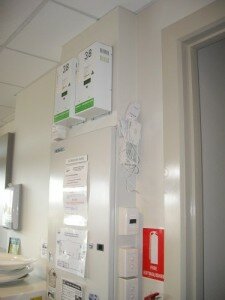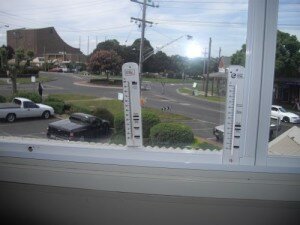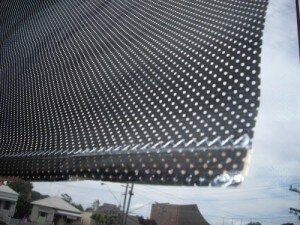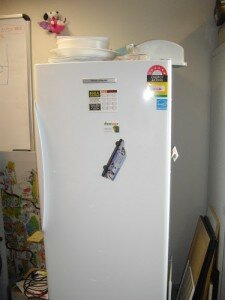Leisure centres are notorious for their high green house gas emissions. These facilities use energy for water heating, filtration, air heating, air handling, lighting, air conditioning, and gym equipment, to name the main loads. To maintain the strict chemistry requirements of the pool water and to avoid corrosion brought about by moisture laden air, several of these systems operate 24/7.
These characteristics often make a compelling economic case for onsite power generation through cogeneration. The perfect candidate for cogeneration is a leisure centre that has an indoor all year round heated pool, with an air handling system, and a base load of above 30kW. Below this magic mark, the cost associated with installation reduces the appeal of the investment.
Most Australian leisure centres use both natural gas and electricity, supplied through utility providers. Recently we have seen a growing interest in cogeneration from leisure centres that realise large greenhouse gas savings can be achieved, with reasonable pay back periods of 5 – 10 years.
Cogeneration is the process of converting combustible fuel into electricity and usable heat. This can be done in a variety of ways depending on the requirements of the facility. A cogeneration system is made up of the following:
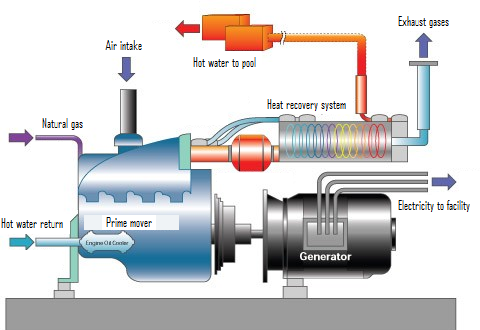
Prime mover
Generator
Heat recovery system
Control system

Picture modified from http://www.epa.gov/greeningepa/images/cogen_shematic.jpg
In leisure centres the most suitable style of prime mover is a gas fired micro turbine, or an internal combustion engine. To size the optimal cogeneration system a numerical model is designed which considers the sites heat and electricity load profiles, electricity and gas associated cost parameters, and the market available technologies.
In conventional power generation 35% of the combusted fuel is converted into usable electricity, while the other 65% is lost as heat. A further 5 – 10% of this electricity then disappears through transmission. By producing electricity onsite with a cogeneration plant, the heat needn’t be wasted but rather put to work in heating operations, and in some cases it can be used for cooling when coupled with an absorption Chiller. By using the waste heat, the efficiency of the system increases up to 90%, and because the power is generated on site, transmission losses are kept to a minimum.
Cogeneration’s fast pay back and large greenhouse savings, situate it as an important short to medium term technology for carbon reductions. The current drawback is that the system does rely on natural gas which is not renewable, so its long term feasibility may rely on the development of grid connected bio fuels or reliable carbon offsets.
